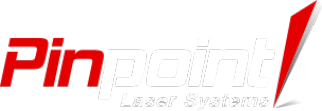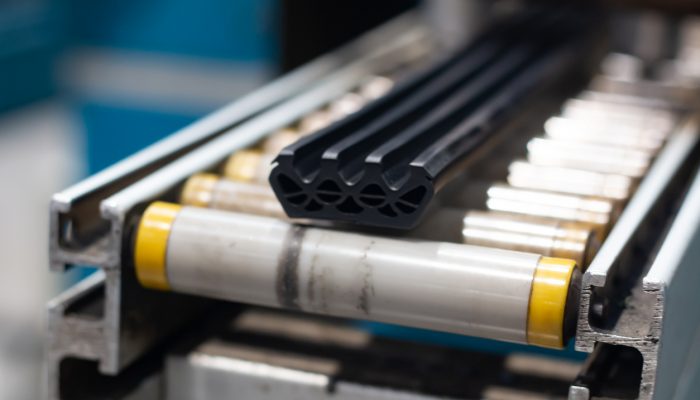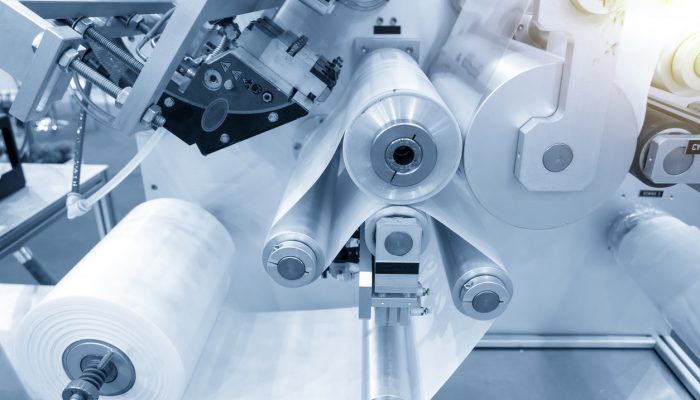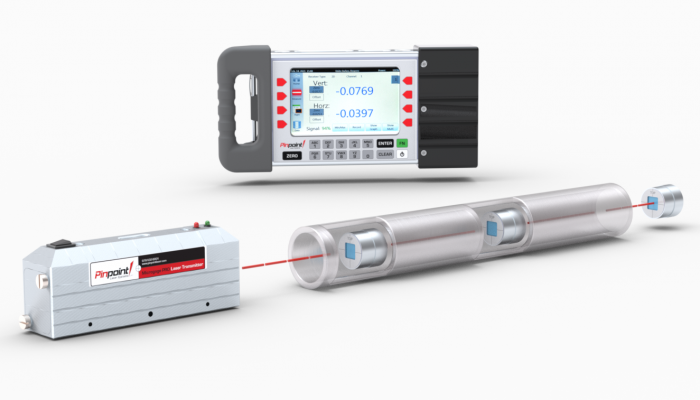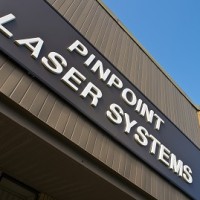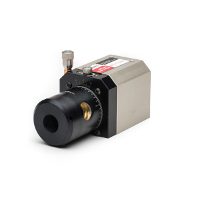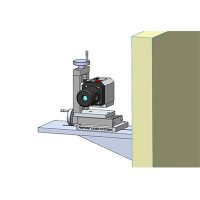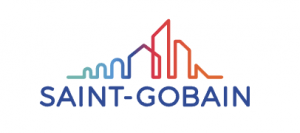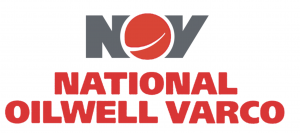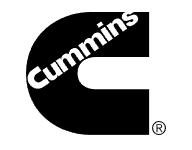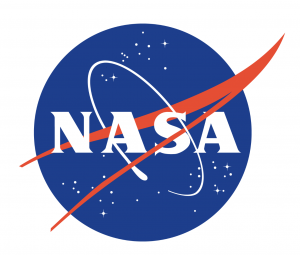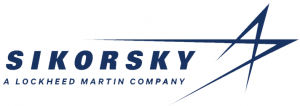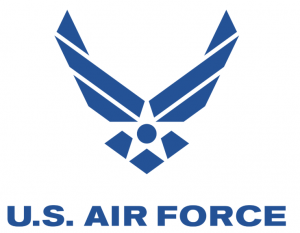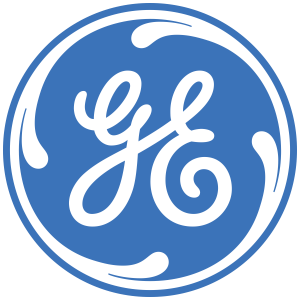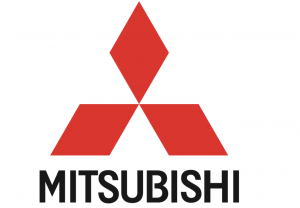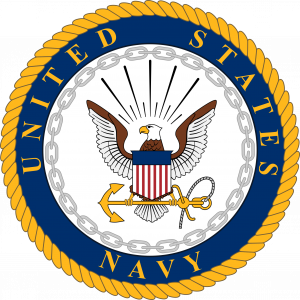Many manufacturing companies depend on production equipment with rollers, idlers, winders, take up rolls, dryer rolls, press rolls and countless other rolling parts. Keeping all of these machinery elements in true alignment to the machine and to each other can be a daunting task. Why is this so important you ask? As a sheet of processed material passes through the production machine it may be stretched unevenly or distorted if the path it must travel is longer on one side of the machine than the other. This can lead to permanent stretching, wrinkling, surface damage, tearing and other product quality problems. As material processing becomes more demanding, materials become stiffer and less compliant, and machinery moves faster the importance of roll alignment becomes more critical.
For years, rolls have been aligned with optical scopes, piano wire, pi-tapes, tram-bars and other mechanical means. These processes are time consuming, often lack the alignment accuracy required and are typically expensive. Consequently, many companies have reluctantly come to rely on alignment service companies to come in and align their production machinery. Depending on the service company’s schedule, this could mean unnecessary hours or days of costly downtime. Frequently this also means that alignment is only fixed when broken and this can result in ongoing manufacturing quality problems and costs.
The development of new laser measurement tools that can be applied to machine alignment has transformed the way many companies now handle their roll alignment. Laser measurement systems are compact, precise, and easy to use, so maintenance personnel can measure and align their own roll equipment whenever the need arises. This added flexibility means that problems can be diagnosed and fixed quickly with a minimum of downtime and lost production revenue.
Using laser alignment equipment to measure roll alignment, a laser reference beam is projected down the side of the production machine and with a 90-Line Right Angle, digital measurements of position and orientation are made for each roll in question. This precise measurement information can then guide the alignment process and determine if other parts of the production line are out of alignment. In a short time, less than 1 hour, you can gather alignment information on many rolls and compare their alignment to other rolls and parts of your machinery. This flexibility allows production teams to quickly solve manufacturing problems and bring their machines back up online with a minimum of downtime and losses. Laser alignment equipment is also ideal for preventative maintenance and identifying misalignment and wear problems on machinery before there is a breakdown.
